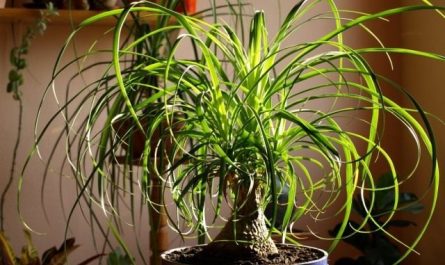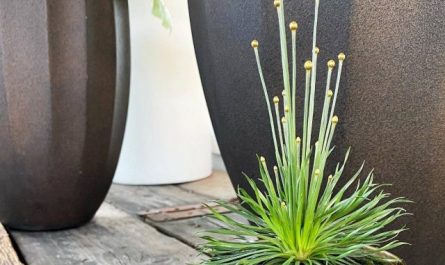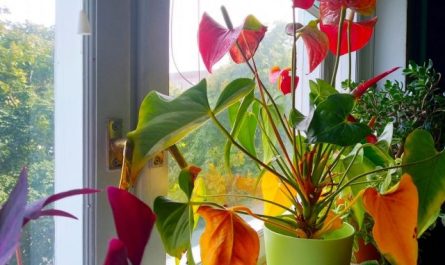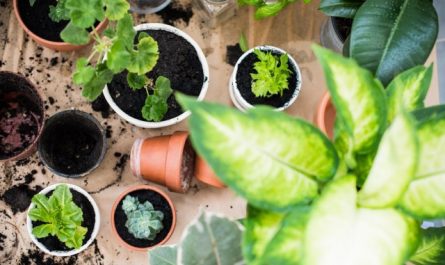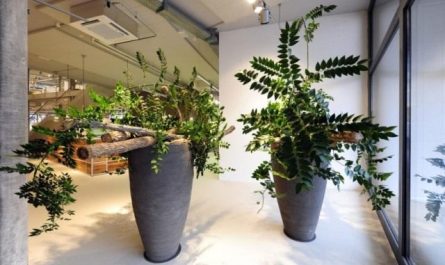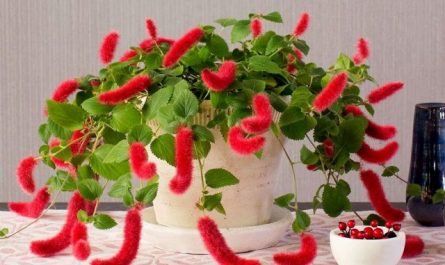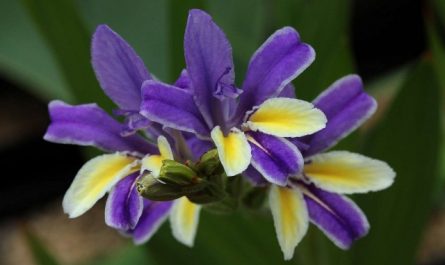There are several ways to propagate cacti. They can be propagated by seeds, stem cuttings, and grafting.
The seeds of many cacti sprout on the 5-7th day, but some of them sprout only after a month. It is better to sow in April and early May. The bowl with the seeds must be warmed up, for which it is placed on a heating pad, in which the warm water is changed several times a day, maintaining a temperature of 25-30 °. For better cultivation from seeds and cuttings, indoor hotbeds and greenhouses can be used. The bowl for sowing seeds should have large drainage holes, which are covered with shards. A drainage layer of crushed stone, shards, coal and river sand is poured on top, on which finely sifted soil is poured so that one centimeter remains to the edges of the bowl. It is pressed down with a board. Small seeds are not covered with soil.

© mark_y_goh
The bowl with the seeds is placed in warm water, 2-3° above the air temperature, so that the water flows through the drainage holes and moistens the soil and seeds. The seeds are covered with glass and placed in a warm place. When shoots appear, the bowls are moved to a bright place. They are shaded from direct sunlight with tissue paper or the glass is whitened with chalk. For the germination of seeds of most cacti, a temperature of 18-20° is necessary. After shoots appear, watering is reduced and the glass is raised. The seedlings are picked after the first thorns appear, using a wooden fork and a peg. The roots are not pinched, and the soil is not shaken off them.
Cactus seedlings are very small and therefore need to be pricked out 2-3 times during the summer. The pricks are shaded, kept one day without watering and two or three days without ventilation.

© suchitra prints
The soil between them is loosened with a sharp stick, the mold crust is removed and sprinkled with powdered charcoal. If the soil has become sour, the plants are transplanted into good nutritious soil.
Cactus cuttings are taken in spring and the first half of summer. The cuttings are the apical and lateral shoots, individual papillae, and in leaf-bearing cacti, the leaves. Cuttings are taken in boxes or pots. A drainage layer is poured onto the bottom of the box or pot, then a 2 cm layer of leaf-peat soil with sand, and on top – coarse-grained river sand about 3 cm. The pots and boxes with cuttings are covered with glass jars. The cuttings are cut with a sharp knife. The cut on the mother plant is dried in the sun, moistened with alcohol and sprinkled with charcoal powder. For plants that secrete milky juice, filter paper is applied to the cut, which absorbs the juice.

The cuttings need to be dried for 7-10 days in a dry room. In this case, the cuts are covered with a glassy film. The cuttings are planted in sand to a depth of 0,5 – 1 cm. For stability, they are tied to pegs (Fig. 1). The sand is only moistened, and after the cuttings have rooted, they are watered. You can prepare the cuttings in the fall and store them until spring in dry sand. In the spring, they root well.
Cacti can be propagated by “babies” that appear on the mother stem. They can be rooted in the same pot or several “babies” can be planted in separate pots.
Cactus grafting is done: 1 – to accelerate growth and abundant flowering; 2 – for better growth of those with a weak root system; 3 – to obtain interspecific and intergeneric vegetative hybrids with bizarre decorative forms. When the roots and lower part of the stem rot, the top of the cactus is grafted onto a healthy rootstock; one-year-old seedlings are grafted onto adult plants to accelerate their growth and flowering. Grafting is done in the warm season.

Cacti are grafted on leaf-bearing cacti (peireskia), candle-shaped cacti (cereus), prickly pears and hedgehog cacti (echinocactus). The scion and rootstock must be of the same diameter and equally succulent. First, the rootstock is quickly cut off with a sharp knife; in plants with a larger diameter, the edge around the stem is cut off at an angle. Then, another thin layer of rootstock is cut off, which is left on the rootstock to protect the cut from drying out until the scion is prepared. The fully prepared scion, also with a cut edge, is placed on the cut of the rootstock (after removing the thin film of the second cut) so that their centers coincide. Cotton wool is placed on the top of the scion and the scion is tied crosswise to the rootstock under the pot with an elastic band (Fig. 2).

Grafting of the articulated cactus (epiphyllum) on Peireskia has been used for a very long time (Fig. 3). The bandage is made with woolen threads. Successful grafting requires quick work, clean hands and a knife. The cuts must be smooth.
The room temperature should be 20-25°. It is better to place the grafts under jars, in a lighted place. Spraying with water is not allowed at first. After 7-8 days, the bandage can be carefully removed.
Materials used:
- Indoor floriculture — D. F. Yukhymchuk.





